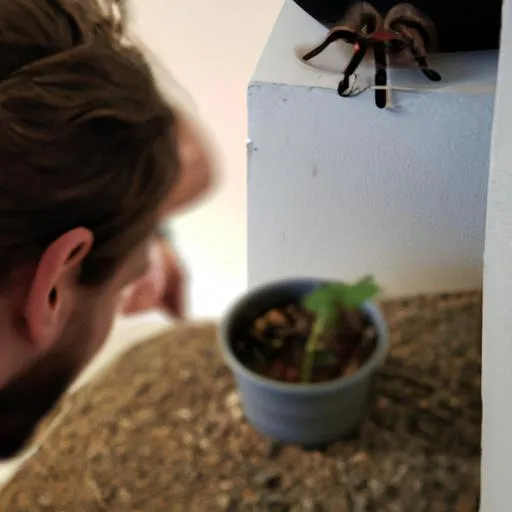The Curly Hair Tarantula ( Tliltocatl albopilosus) is a popular pet due to its docile nature, relatively low maintenance requirements, and captivating appearance. One of the most common questions for new and seasoned keepers alike is how long it takes for these fascinating creatures to reach maturity. The answer, however, isn’t straightforward, as several factors influence the growth rate and the time it takes for a Curly Hair Tarantula to become an adult. This guide will delve into the various elements that affect the Curly Hair Tarantula’s maturity, providing a comprehensive overview of what to expect when raising these arachnids. Understanding the different factors influencing their development is crucial for providing optimal care and ensuring a long, healthy life for your tarantula.
Curly Hair Tarantula Maturity Factors
Several environmental and biological factors influence how quickly a Curly Hair Tarantula matures. These include temperature, humidity, feeding habits, and the individual tarantula’s genetics. Providing an ideal environment is essential for accelerating growth and ensuring the overall well-being of your pet. Neglecting these factors can lead to slower growth rates, potential health issues, and a shorter lifespan. Keepers who pay close attention to these details are best equipped to care for their Curly Hair Tarantulas.
Temperature Impact on Growth
Temperature is a crucial factor in a Curly Hair Tarantula’s growth rate. Tarantulas are ectothermic, meaning they rely on external sources to regulate their body temperature. Maintaining a consistent temperature within the ideal range (75-80°F or 24-27°C) can significantly accelerate their metabolism and, consequently, their growth. Higher temperatures can speed up the molting process, while lower temperatures can slow it down. It is important to avoid extreme temperatures, as excessive heat can be harmful, and cold can stunt their growth and cause health problems. A heat mat or a low-wattage heat lamp can be used to maintain this range in their enclosure.
Humidity’s Influence
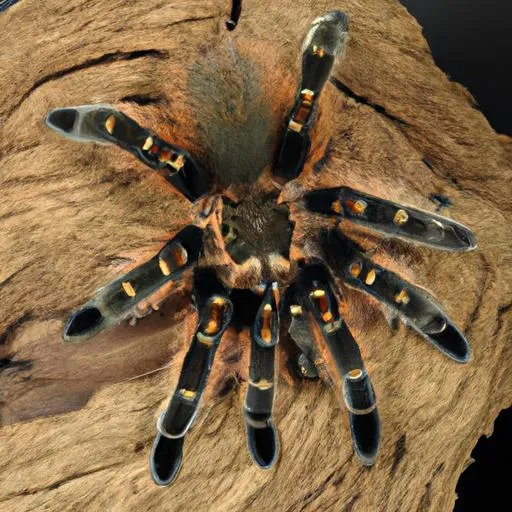
Humidity plays a vital role in the molting process. Maintaining proper humidity levels (around 60-70%) ensures that the tarantula can successfully shed its exoskeleton. Low humidity can make molting difficult, sometimes even fatal, as the old exoskeleton may become too hard to shed. Providing a water dish and occasionally misting the enclosure are effective ways to maintain the required humidity levels. The substrate used in the enclosure also influences humidity; materials like coco fiber or peat moss retain moisture well. Monitoring humidity levels with a hygrometer helps maintain an environment conducive to growth and molting.
Feeding Frequency and its Effects
Feeding frequency directly influences the tarantula’s growth rate. A well-fed tarantula will molt more frequently and grow faster than one that is underfed. Spiderlings, in particular, should be fed more frequently, typically every other day. As the tarantula grows, the feeding frequency can be reduced to once or twice a week. It is essential to avoid overfeeding, which can lead to obesity, making it harder for the tarantula to molt. Observing the tarantula’s abdomen can help to gauge its nutritional status; a slightly plump abdomen indicates a healthy, well-fed tarantula. Providing a variety of prey, such as crickets, mealworms, and roaches, can also ensure a balanced diet.
Understanding the Molting Process
Molting is a fundamental process for tarantulas, allowing them to grow and replace their exoskeleton. This is the process of shedding the old outer layer, which is necessary for growth. The frequency of molting decreases as the tarantula ages. Molting is also crucial for repairing injuries and regenerating lost limbs. Understanding this process is important for responsible tarantula care, especially during the vulnerable period before and after the molt.
The Molting Cycle Explained
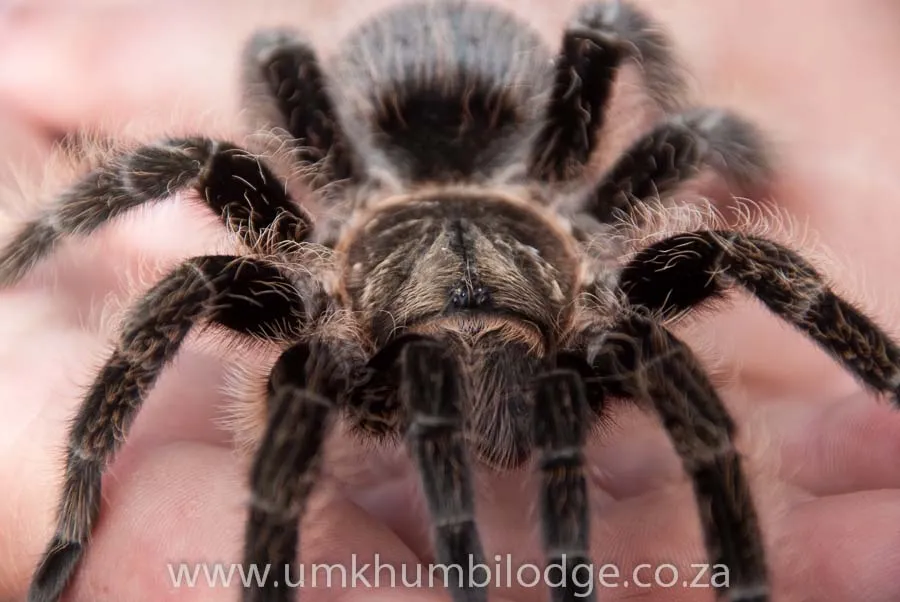
Before molting, a tarantula typically stops eating and may become less active. The tarantula will create a ‘molting mat’ of silk, often on the enclosure floor. The old exoskeleton splits open, and the tarantula slowly pulls itself out. The entire process can take several hours. After molting, the new exoskeleton is soft and vulnerable, so it is essential not to disturb the tarantula. Do not feed the tarantula until its fangs have hardened, usually about a week after molting. This will ensure that the new exoskeleton has completely hardened.
Signs of an Imminent Molt
Several signs indicate that a Curly Hair Tarantula is preparing to molt. The abdomen may appear darker, and the tarantula may become less active, spending more time in a hide. Some tarantulas may also refuse food for several weeks or even months before molting. A bald spot on the abdomen is also a common sign, as the hairs are used for defense and get rubbed off before molting. The tarantula may also create a silk mat, as noted earlier. Recognizing these signs can help keepers anticipate the molt and provide the best possible care during this vulnerable period. Providing a shallow water dish is also important during this period.
Post-Molt Care
After molting, the tarantula is very vulnerable. The new exoskeleton is soft and needs time to harden. Avoid handling the tarantula or disturbing it immediately after a molt. Provide the tarantula with a water dish and ensure the humidity is at the correct level. Wait a week or so before offering food. Start with smaller prey items to avoid stressing the tarantula. The color of the tarantula may appear brighter after the molt. Ensure that the enclosure is free of hazards and that the environment is stable during this critical period. Patience and careful observation are key to ensuring the tarantula’s safety during its recovery.
Male vs Female Maturity Time
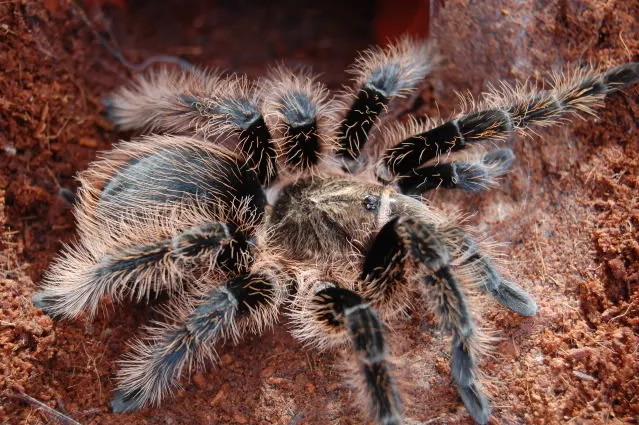
There is a significant difference in the time it takes for male and female Curly Hair Tarantulas to reach maturity. This difference is primarily due to their differing growth rates and overall lifespans. The sexual dimorphism, or differences between the sexes, significantly impacts how keepers care for these creatures and plan for breeding or simply enjoying their pets. This difference is a critical aspect to consider for anyone looking to raise these arachnids.
Average Maturity Time for Males
Male Curly Hair Tarantulas typically mature much faster than females. They usually reach maturity in 1 to 2 years. Once mature, males will often exhibit certain behaviors, such as wandering and searching for a mate. Their lifespan is shorter than that of females, and they may not molt again once they reach maturity. Recognizing the signs of maturity in a male, such as the presence of mating hooks on their front legs, can help determine their readiness for breeding. Their main purpose is to mate, and their life cycle is faster.
Average Maturity Time for Females
Female Curly Hair Tarantulas mature at a slower pace than males, typically reaching maturity in 2 to 4 years. They have a longer lifespan than males and will continue to molt after they reach sexual maturity. Females often live for 10 to 20 years, making them a long-term commitment. The longevity of a female Curly Hair Tarantula makes them a popular choice for pet owners. The slower pace allows for more molts and continues growth. The fact that they have longer lifespans adds to the appeal.
Environmental Factors Affecting Maturity
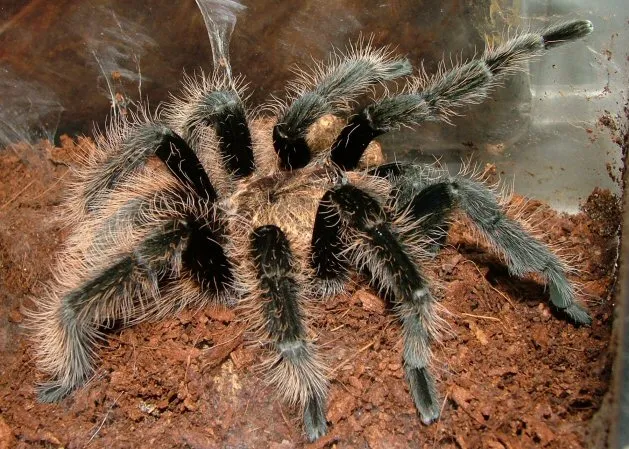
Several environmental factors can affect a Curly Hair Tarantula’s maturity. Maintaining an ideal habitat is crucial for their development. These environmental conditions can either support or hinder the growth process. Keeping the right conditions will help your tarantula live a longer, healthier life.
Substrate and Enclosure Size
The type of substrate and the size of the enclosure play significant roles in tarantula growth. The substrate, such as coco fiber, peat moss, or a mix of both, should retain moisture to maintain proper humidity levels. The enclosure should be large enough for the tarantula to move and molt comfortably. Too small of an enclosure can restrict movement and hinder growth, while an enclosure that is too large can make it difficult to maintain appropriate humidity and temperature levels. Providing appropriate substrate and enclosure space are important for healthy growth. Proper substrate is important for molting and proper humidity. The enclosure should also be escape-proof.
Light Cycle and its Impact
While Curly Hair Tarantulas don’t require a specific light cycle, providing a natural day-night cycle can positively influence their behavior and growth. Avoid exposing the enclosure to direct sunlight, as this can overheat the enclosure. Standard room lighting is usually sufficient. Some keepers use low-wattage red or blue bulbs at night for viewing their tarantulas without disturbing them. Ensuring a consistent light cycle aids in overall health and behavior. Avoiding excessive or irregular light exposure is key to their well-being.
Optimizing Conditions for Faster Maturity
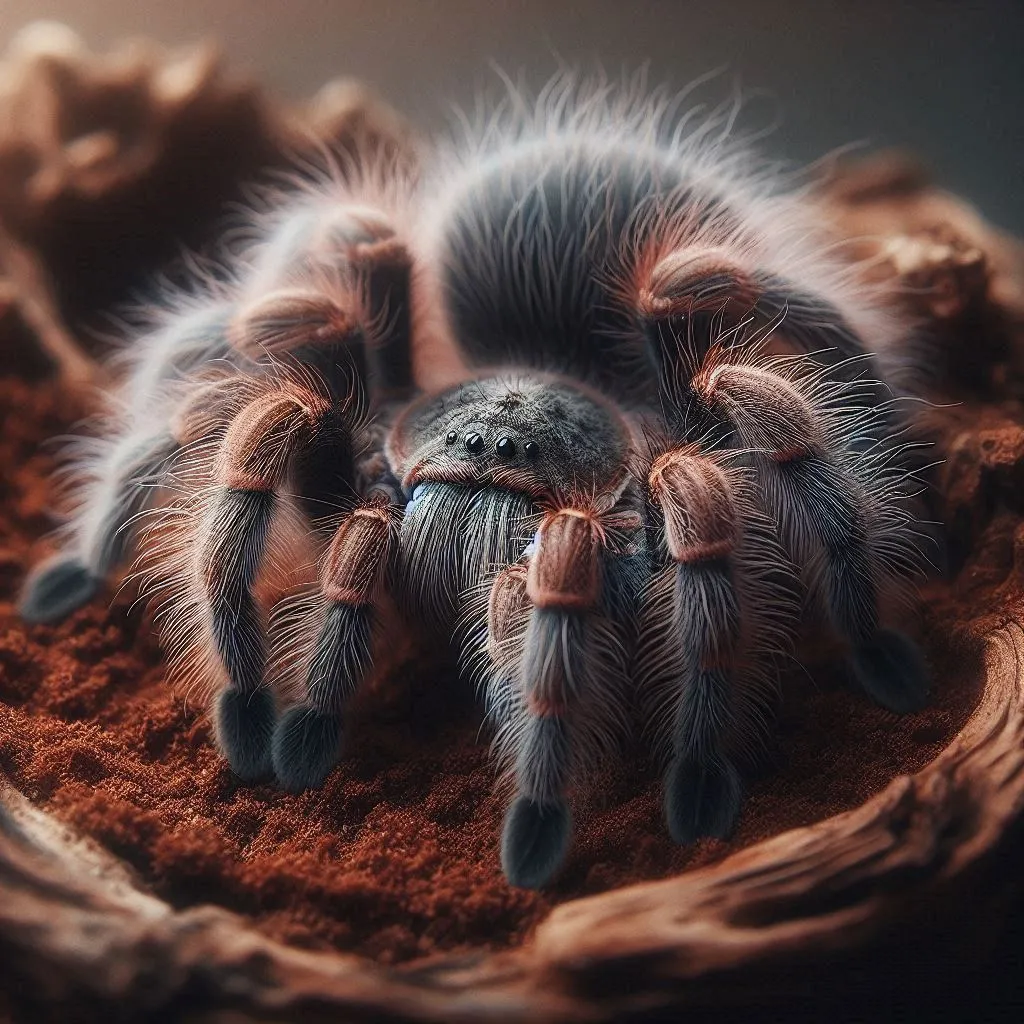
While the time it takes for a Curly Hair Tarantula to mature varies, providing optimal conditions can help to accelerate growth. This includes maintaining the correct temperature and humidity, feeding appropriately, and providing a suitable enclosure. By carefully managing these factors, keepers can support their tarantulas through healthy molts and faster growth. A well-cared-for tarantula is more likely to thrive and reach its full potential. Paying close attention to each element is key to providing a good life for these animals. Careful attention to detail leads to a healthier and more vibrant tarantula.
In conclusion, the maturity time for a Curly Hair Tarantula is affected by various factors, with males maturing faster than females. Understanding these factors and providing optimal care, including the right temperature, humidity, and feeding schedule, can significantly influence the growth rate. With proper care and attention, you can ensure your Curly Hair Tarantula lives a long, healthy, and fulfilling life. These fascinating creatures make rewarding pets for those willing to provide the appropriate environment and care.
